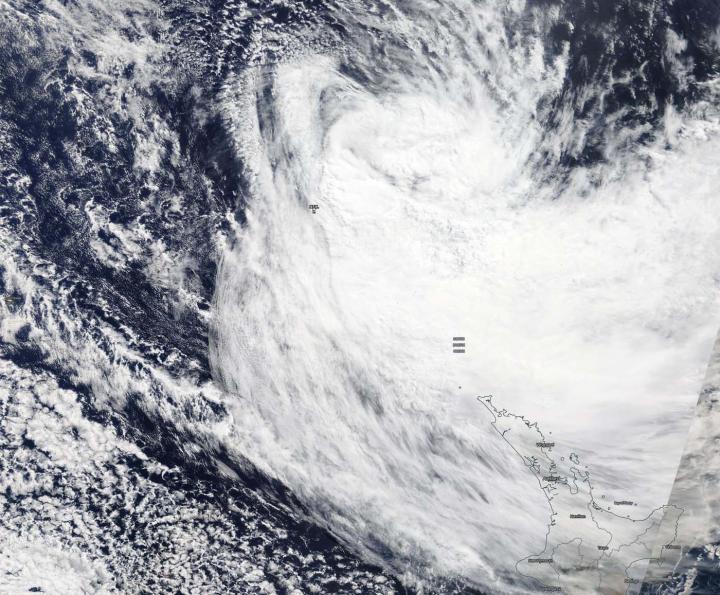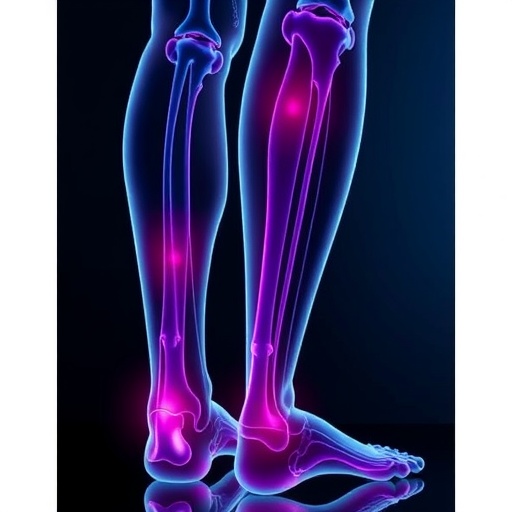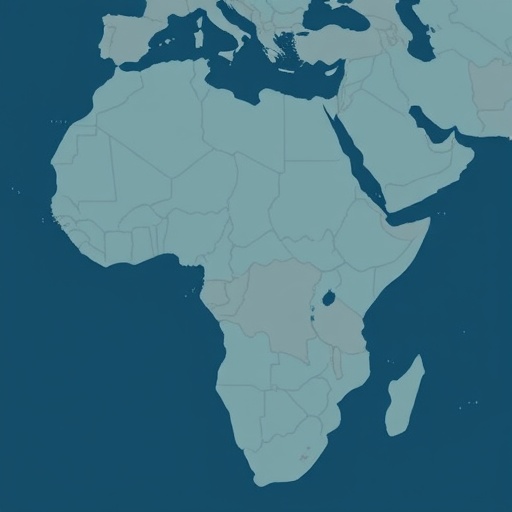
Credit: Credit: NASA Worldview
NASA’s Terra satellite passed over the Southern Pacific Ocean and captured an image of Tropical Storm Gretel as it was transitioning into an extra-tropical cyclone, northwest of New Zealand.
Tropical Cyclone 23P formed on March 14 at 4 p.m. EDT (2100 UTC) between Australia and New Caledonia. Once it intensified into a tropical storm, it was renamed Gretel.
On March 16, the Moderate Resolution Imaging Spectroradiometer or MODIS instrument that flies aboard NASA’s Terra satellite provided forecasters with a visible image of Tropical Cyclone Gretel. The bulk of Gretel’s clouds and storms were south and southeast of the center of circulation. Clouds associated with Gretel extended to northern New Zealand, despite the storm’s center being hundreds of miles away.
At 11 p.m. EDT on March 15 (0300 UTC on March 16), the Joint Typhoon Warning Center or JTWC issued the final warning on Gretel. At that time, the center of Tropical Cyclone Gretel was located near latitude 26.6 degrees south and longitude 169.7 degrees east, about 675 nautical miles north-northwest of Auckland, New Zealand. Maximum sustained winds were near 50 knots (58 mph/93 kph) and Gretel was speeding southeast at 25 knots (29 mph/46 kph).
The Joint Typhoon Warning Center or JTWC noted that Gretel will continue to move southeast and is now becoming extra-tropical.
Often, a tropical cyclone will transform into an extra-tropical cyclone as it recurves toward the poles (north or south, depending on the hemisphere the storm is located in). An extra-tropical cyclone is a storm system that primarily gets its energy from the horizontal temperature contrasts that exist in the atmosphere.
Tropical cyclones have their strongest winds near the earth’s surface, while extra-tropical cyclones have their strongest winds near the tropopause – about 8 miles (12 km) up. Tropical cyclones, in contrast, typically have little to no temperature differences across the storm at the surface and their winds are derived from the release of energy due to cloud/rain formation from the warm moist air of the tropics.
Tropical cyclones/hurricanes are the most powerful weather events on Earth. NASA’s expertise in space and scientific exploration contributes to essential services provided to the American people by other federal agencies, such as hurricane weather forecasting.
By Rob Gutro
NASA’s Goddard Space Flight Center
###
Media Contact
Rob Gutro
[email protected]
Original Source
https:/




